Ecopiakos Ecological Solutions - VAT 05534520878
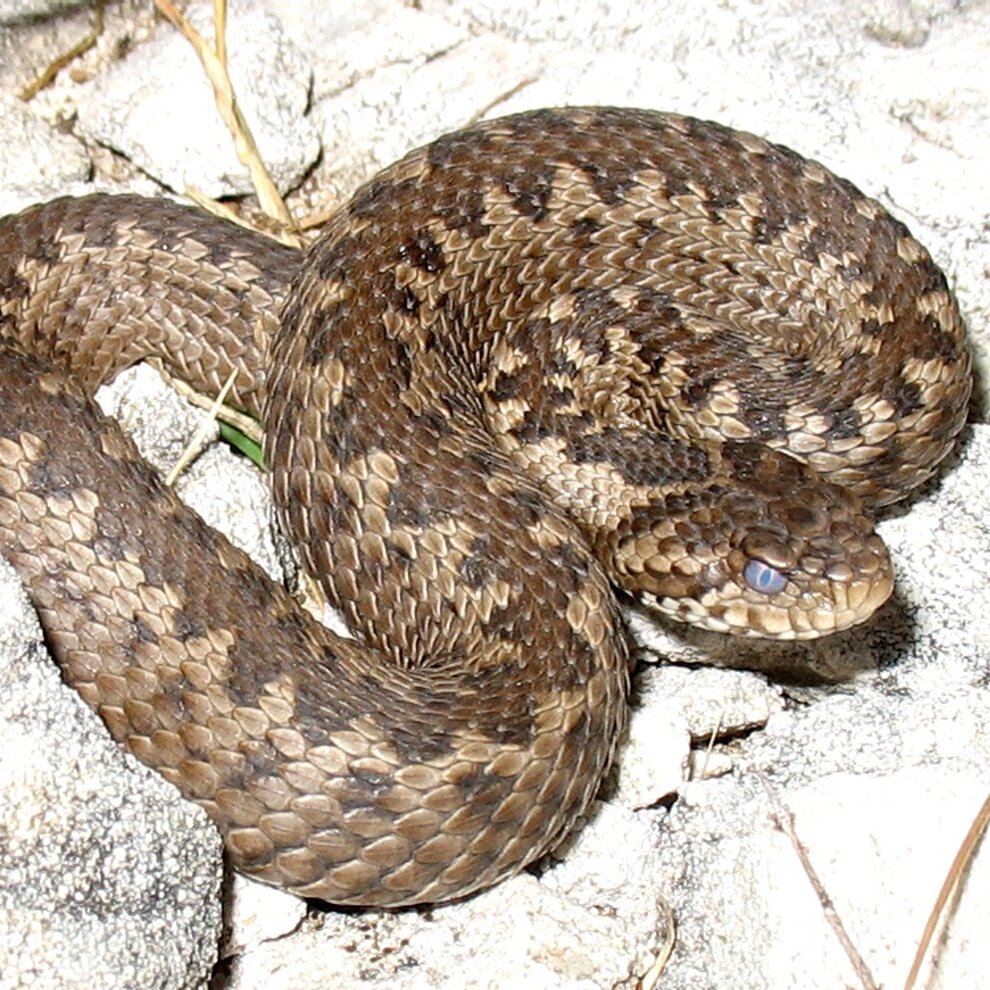
Snakes
Since all reptiles are a protected species, they cannot be eliminated, but non-lethal or preventive repellent techniques can be adopted to prevent reptiles from invading the areas we want to protect: at Ecopiakos we use products with a strong repellent effect.
It is rare to encounter snakes in Italy. If this happens, it is usually between July and September, their peak activity period. Snakes live in gardens only if there are large areas not frequented by humans. In a garden, it is most likely that snakes will only be seen fleetingly.
Types of Snakes in Italy
The most common snakes in Italy are: viper, slow worm, adder, grass snake).
There are many varieties of snakes in the world, some more dangerous than others. Fortunately, snakes in Italy are shy and do not like to infest populated areas. Encounters with snakes in our country usually occur in wooded areas, if they are inadvertently disturbed, or if they are resting on warm stones.
There are many varieties of snakes in the world, some more dangerous than others. Fortunately, snakes in Italy are shy and do not like to infest populated areas. Encounters with snakes in our country usually occur in wooded areas, if they are inadvertently disturbed, or if they are resting on warm stones. However, there are other very dangerous species of snakes in the world. One of the most dangerous snakes is the black mamba because of its highly toxic venom. Fortunately, the black mamba is not among the species of snakes found in Italy.
Reptile habitat - Natural reserves in heathland or pasture, abandoned quarries, large plots of community gardens, large abandoned urban areas or sunny embankments of roads or railways covered with shrubs and bushes.
In gardens - Wood piles, rocky areas or rubble, rock gardens, ponds, areas with tall grass and bushes.
Sunny areas - Areas that are always exposed to the sun with lots of vegetation and places to hide.
Gardens, parks and other green areas - Expect to find reptiles if you lift abandoned material on the ground or near hedges, ponds, compost heaps and areas with tall grass.
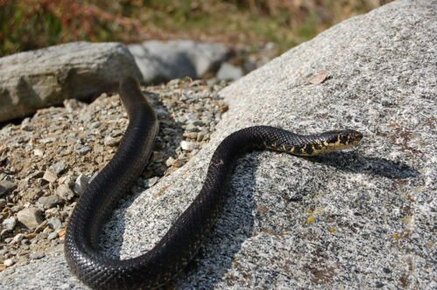
Common viper
The common viper or asp, scientific name Vipera aspis, is a snake of the Viperidae family.
The viper, an animal commonly defined as "cold-blooded" (ectothermic), is active both during the day and at night depending on the temperature reached. In fact, it is the environmental temperature that regulates its daily and annual activity, so, for example, we can observe active specimens from the early hours of the day (and even at night) in summer, while in other seasons (spring - autumn) the viper can be seen only from late morning. In coastal areas in
the presence of favorable climatic conditions, the viper could also be active in winter.
The asp is equipped with a venom apparatus, with which it paralyzes its prey.
For this reason, it is dangerous for humans, especially for the weakest individuals, the elderly, and children. In general, it does not attack except in self-defense or when disturbed.
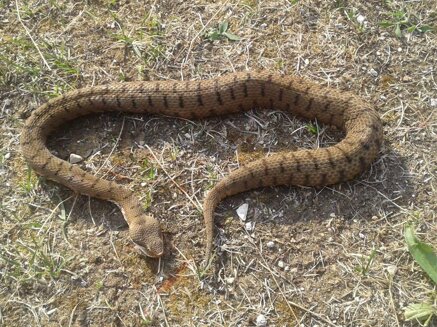
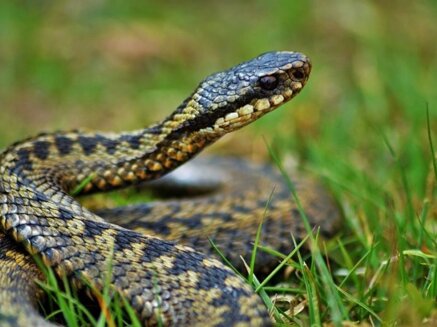
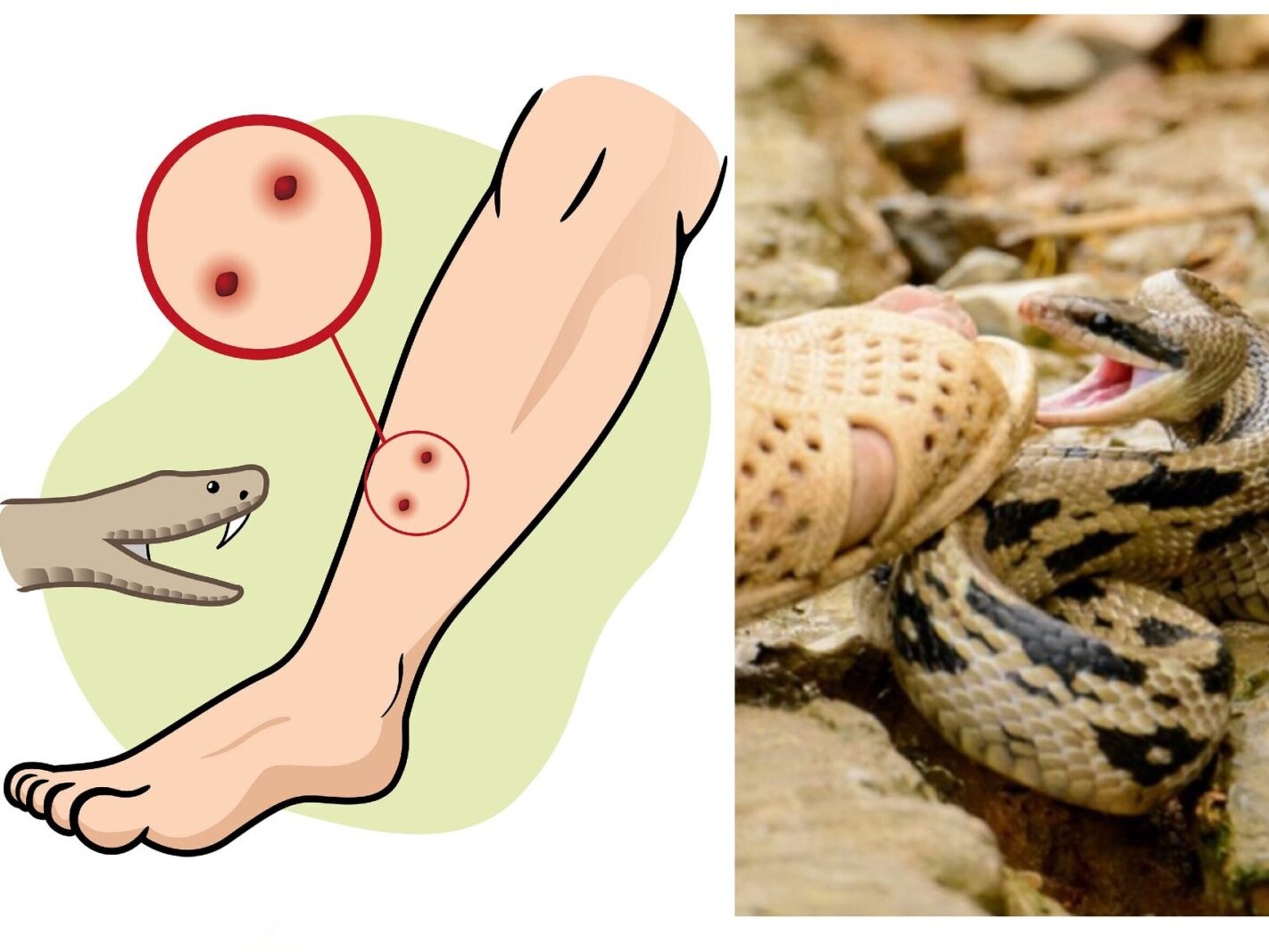
VIPER BITE
The viper bite generally affects the upper and lower limbs but also more delicate parts such as the neck and head. Starting from the principle that the venom is necessary for the animal's survival, it injects only a minimal amount (about 4-7%) suitable for hunting or defense. Naturally, the attack can be carried out several times and the severity of the poisoning depends on the amount of venom injected. However, many snake bites (about 20%) are "dry," meaning the venom is not injected.
LOCAL CLINICAL EFFECTS
Strong burning pain sensation, hard swelling that increases in severity over time, redness and/or skin irritation of the outer layers of the skin (erythema), bruising (ecchymosis), pinpoint hemorrhages visible under the skin (petechiae). Within the following 12 hours, blisters may appear (a more or less extensive soft blister that collects fluid such as serum, lymph, and blood), inflammation of the lymphatic vessels (lymphangitis), and enlargement of the lymph nodes (adenopathy).
SYSTEMIC CLINICAL EFFECTS
Depending on the amount of venom injected and the area affected as well as the weight and size of the subject (children, the elderly, and debilitated people are at greater risk), general symptoms may occur, with blood circulation, digestive, coagulation, kidney, and neurological disorders. The following may therefore appear: vomiting and nausea; increased temperature; muscle and joint pain.
PREVENTION
During excursions in the countryside, hills, and mountains, that is, in all those places where the probability of encountering vipers is higher, it is necessary to wear appropriate clothing, such as long pants and socks, pay attention when picking plant species and mushrooms or putting your hands in bushes, tall grass, and rocky areas. In these places, to make yourself heard before stopping, it is recommended to tap the ground with a stick, as vipers do not have good hearing but perceive vibrations very well.
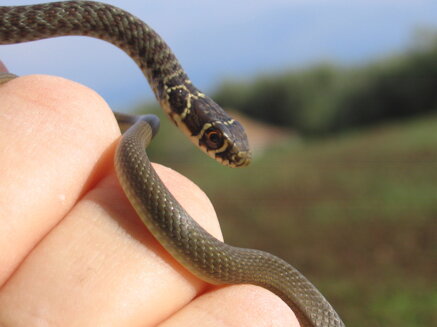

Ecopiakos Ecological Solutions - VAT 05534520878
